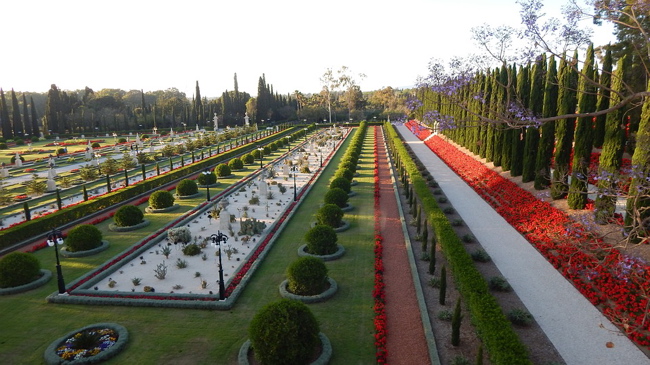SUNSET WEDNESDAY, MAY 23: Baha’i communities across the globe commemorate the anniversary of the Declaration of the Bab, made on this night in 1844. Though the roots of this story began decades earlier—in 1783, precisely—it was not until this pivotal night that the Bab correctly answered a series of questions that revealed he was the Promised One. Mulla Husayn became the first to accept the Bab’s claims, and soon after, followers of the Bab became known as Babis.
THE SEARCH: LOOKING FOR A PROMISED ONE
According to Baha’i tradition: The search for “the Gate” began years before the Bab’s birth, in 1783, with a man named Shaykh Ahmad-i-ahsa’i. He began traveling through Persia with the announcement that a great day was coming: a day that would see a Promised One. Later, a follower of his teachings, Mulla Husayn,—who would find the Bab. (For details, visit Bahai.org.) Though the identity of the Promised One remained secret, it was through a series of descriptions, questions and seemingly impossible tasks that Persian merchant Siyyid Ali Muhammad Shirazi convinced Mulla Husayn that he was the bearer of divine knowledge. This evening is now celebrated by Baha’is as the Declaration of the Bab. (For a meditative prayer set to music, visit New York Bahai.)
Following the 1844 proclamations, which were later made public, Siyyid Ali Muhammad Shirazi took the name of the Bab (Arabic for “gate”) and began writing. The Bab penned his messianic claims, teachings and new religious law. In a few short years, the Bab had acquired thousands of followers. (Learn more from the Baha’i Blog.) Starkly opposed by other clergy and the government, thousands of Babis were persecuted and killed. In 1850, at the age of 30, the Bab was executed by a firing squad—though not before finding Baha’u’llah, the founder of the Baha’i faith and the messenger of God whom the Bab had spoken of.
